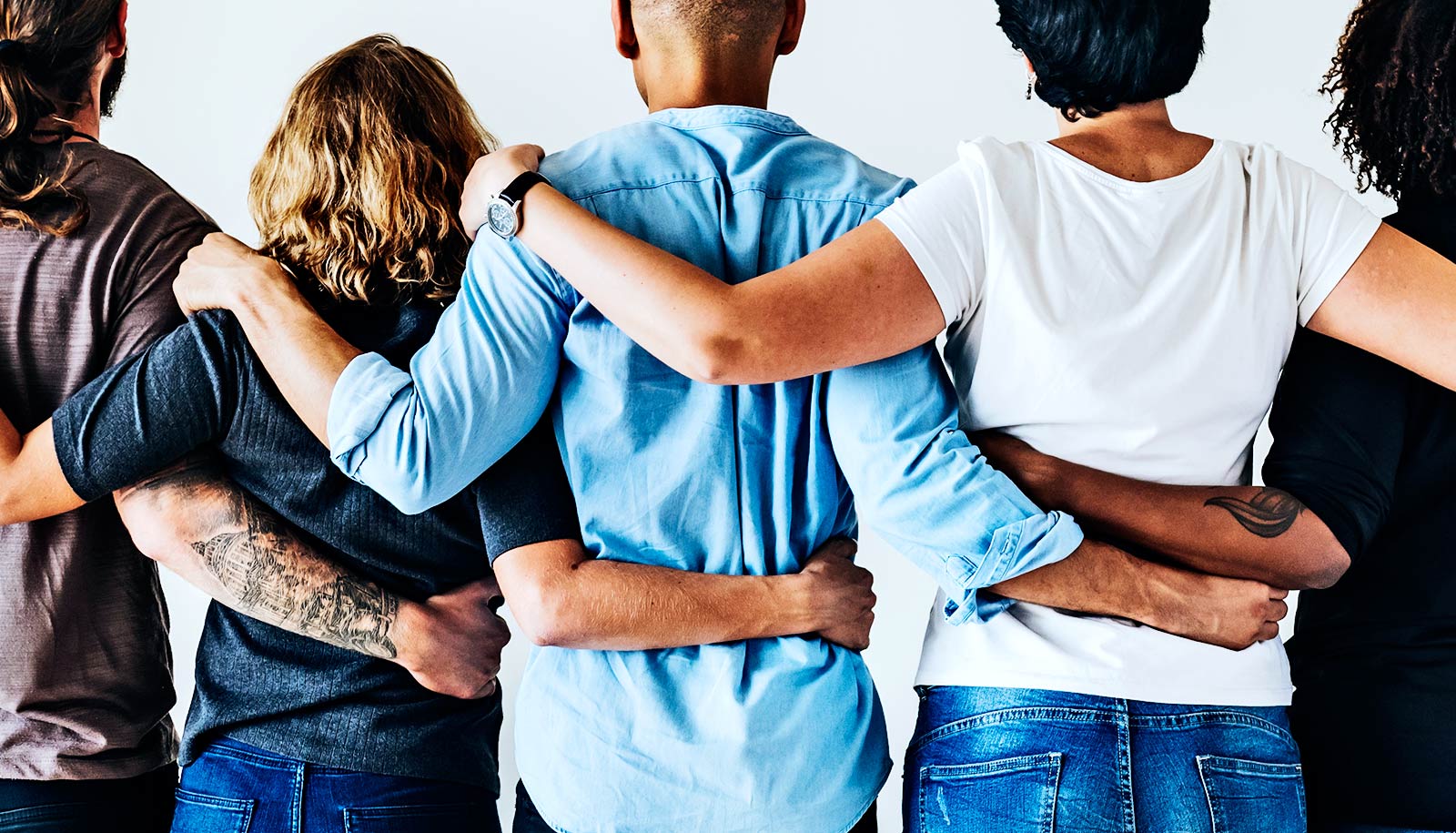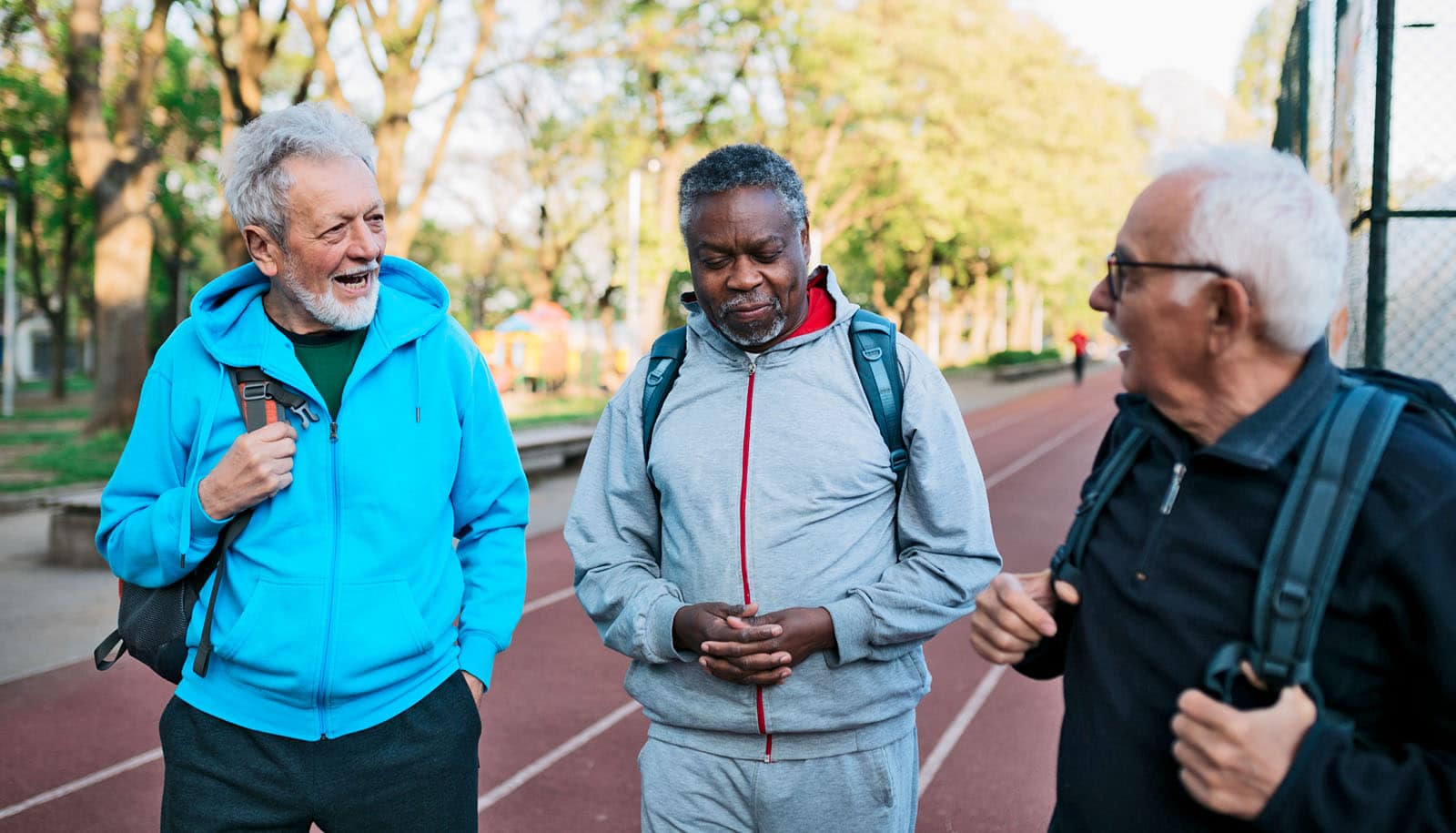Pursuing our goals with friends may make them more attainable, a new study suggests.
For a new study, researchers specifically looked at gym attendance and found that going with a friend—even with the hurdles of coordinating two schedules—increased visits by 35%.
“Despite adding the friction of working with another person, we saw people becoming more motivated and more likely to go,” says Rachel Gershon, assistant professor of marketing at the University of California, Berkeley. “This illuminates how social incentives, which aren’t always taken into consideration, can help people overcome other barriers that stand in their way.”
For the experiment, the researchers recruited two groups of participants for a “Gym Bonus Month,” which lasted four weeks, from February 1 to February 28. Both groups paired up with a friend and were offered a $1 Amazon gift card for each visit to the gym. One group received this bonus every time they went to the gym, regardless of their friend’s activity; the other group only received the dollar if the two of them went together.
As noted, those who received payment only when they visited the gym with their friends doubled how often they went together, and increased their overall gym visits by 35%. Gershon and her colleagues concluded that the logistical costs of coordinating with someone else were eclipsed by two benefits. First, people enjoyed their visits more when the event was social, which made future visits more likely. Second, they felt a greater sense of accountability when meeting their friend at the gym.
“Our study identifies two types of accountability,” Gershon says. “People feel responsible to their friends, as they wanted them to get the reward, but they may also have reputational concerns that their friends would think less of them if they didn’t follow through.”
Although this might seem intuitive, when Gershon and her colleagues surveyed people about which of the two conditions they would prefer to be part of, the majority—more than 80%—said they would rather not have to coordinate their visits with a friend.
While unsurprising in some ways, Gershon says, this suggests that people might readily see the drawbacks of coordinated visits but not recognize the potential benefits, from increasing motivation to creating stronger social bonds.
The researchers also found evidence that, when looking across both partners in a pair, this social attendance of the gym seemed to provide the greatest benefit for those who exercised less.
Specifically, among the two friends, the one who exercised more frequently prior to the study saw a bump in how often he or she visited the gym. But the partner who exercised less frequently prior to the study saw an even larger bump in visits, suggesting these kinds of social incentives may be especially effective for distinct groups of people.
Beyond the context of this experiment, the findings illustrate how building a social dimension into desired behaviors can promote follow-through. Companies that want to increase employee engagement with skills training, for instance, might consider using a joint-incentive program. This could boost participation while simultaneously fortifying interpersonal bonds in the workplace.
The findings also present implications for another area that Gershon studies: referrals. Many places offer a free month of membership or some other incentive if you recruit a friend.
“There are all sorts of contexts where people are trying to start a new hobby, a new exercise routine, and companies can encourage them through social networks,” she says. “This work shows that referrals may be a way for companies to not only engage additional customers, but to also increase the motivation of current customers.”
The study appears in the journal Management Science. Additional coauthors are from Penn and Washington University in St. Louis.
Source: Dylan Walsh for UC Berkeley



